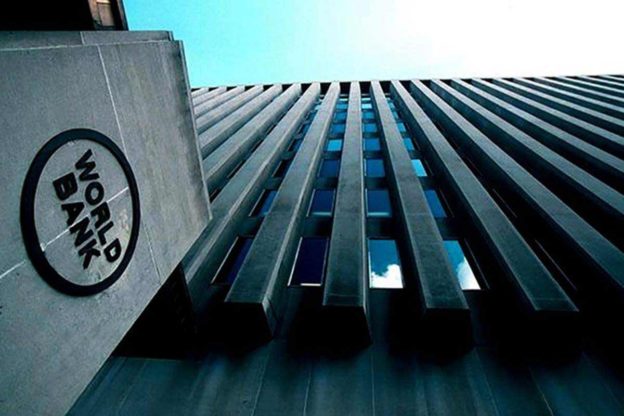The World Bank decreased its 2022-23 (FY23) real GDP growth forecast for India to 6.5% from the earlier estimated 7.5%, warning that spillovers from Russia’s invasion of Ukraine and global monetary tightening will impact the economy.
The latest World Bank report on South Asia Economic Focus titled “Coping with Shocks: Migration and the Road to Resilience”, which was published on Thursday, October 6th, predicted a 5.8% growth rate for this year in the region which included India, Pakistan, Bangladesh, Sri Lanka, Nepal, Bhutan, and the Maldives. This is 1 percentage point lower than the projection made in June. When most nations were emerging from the pandemic downturn in 2021, South Asia’s growth rate was 7.8%.
Afghanistan was left out of the regional study since the Taliban had not disclosed national account data since taking power in August 2021.
Despite the decelerated prediction, the bank has acknowledged that among all of the South Asian nations that are struggling economically, some are performing better than others. India, the largest economy in the area, recovered more quickly than the global average in terms of exports and the services sector, and its substantial foreign reserves protected it from external shocks. Both Nepal and the Maldives, which have a thriving services sector, are seeing growth as a result of the tourism industry’s return.
The World Bank has cut down the GDP growth rate projection for Bangladesh for the Financial Year 2022-23 to 6.1% from the 6.7% growth projection made in April and June this year.
The report projected Bangladesh to have much higher growth than Bhutan, Nepal, and Pakistan. The World Bank report claims that rising prices and ongoing power outages have slowed Bangladesh’s post-Covid rebound in investment and consumption. For policymakers, keeping track of economic trends is challenging due to a dearth of trustworthy high-frequency data.
The real GDP of Sri Lanka, which is currently experiencing its worst economic crisis ever, is predicted to decrease by 9.2% this year and a further 4.2 percent in 2023. According to the international lender’s forecast for the area, devasting floods have seriously clouded Pakistan’s future and high commodity prices have made the country’s external imbalances worse, depleting its reserves.
Referring to the pandemics, sudden swings in global liquidity and commodity prices, and extreme weather disasters, World Bank Vice President for South Asia, Martin Raiser said that countries need to build stronger fiscal and monetary buffers, and reorient scarce resources towards strengthening resilience to protect their people.
According to the report, inflation in South Asia is predicted to reach 9.2 percent this year, owing to rising global food and energy prices, as well as trade limitations that have exacerbated food poverty in the region. According to the report, the ensuing compression on real income is significant, particularly for the region’s poor, who spend a large portion of their income on food.
Hans Timmer, World Bank Chief Economist for South Asia said, “Labor mobility across and within countries enables economic development by allowing people to move to locations where they are more productive. It also helps adjust to shocks such as climate events to which South Asia’s rural poor are particularly vulnerable.”
The bank has made two recommendations in the report. First is to begin reducing the costs that migrants experience should be high on the governmental agenda. Second, policymakers may reduce migration risks through a variety of ways, including more flexible visa policies, mechanisms to assist migrant workers during shocks, and social protection programmes.
https://newsonair.com/2022/10/07/world-banks-lowers-gdp-growth-projection-for-india-to-6-5-2/#:~:text=The%20World%20Bank%20decreased%20its,tightening%20will%20impact%20the%20economy.
| World Banks lowers GDP growth projection for India to 6.5%
|





